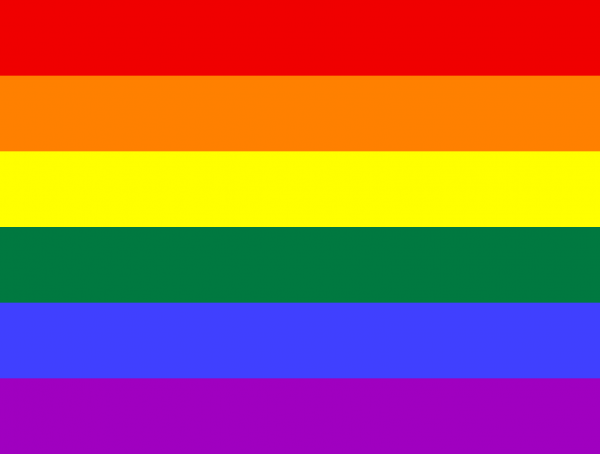It can sometimes be hard to be inclusive in designs and visuals. We as humans inherently have a bias regarding lots of issues, one of them being representation: it is important for journalists and marketers to represent all slices of society.
In a presentation for the Poynter Institute, Tan Ly, Senior UX/UI Designer, discusses how journalists and marketers can improve inclusiveness and defeat their unconscious bias in visuals.
First, it is important to acknowledge the different sources from which bias can come from, and what parameters play in representing diversity: size and shape; gender and sexuality; race and ethnicity; income and social class; education and training; languages and communication; culture and customs; diets (including Kosher, Halal, veganism, etc.); disability and capability; age.
A good technique Ly advises to use is the method developed by the Unstereotype Alliance called the 3 P’s:
- Presence: this refers to considering who is featured in the story, product, or object of communication, and ensuring that a diversity of users are included and reflect the world we live in
- Perspective: this refers to the framing of the story, product, or communication; from whose perspective the story is told and does it feature race and gender from all perspectives
- Personality: this refers to the depth of the character featured, aiming at portraying every person as multidimensional with their own depth of personality, not too superficial or stereotypical
This method is a good way to avoid harmful stereotypes as well as avoid increasing the burden on minorities, women, LGBTQ+, and children.
Another way to avoid bias in design and visuals is in trying to mirror society rather than picturing a window into a world we are not part of. A mirror into society should have several characteristics: it should reflect the true data of diversity throughout publications and products, it should reflect your coverage area or market audience, and it should use data in ways that include all types of populations. A window on the other side is more so a narrow, one-dimensional view of what a particular category of the population says, thinks or behaves.
Engaging a diverse group of freelancers when outsourcing, and building an extensive network can help be more representative and inclusive. Ly advises to creatively problem-solve if getting physical access to diverse groups can be a challenge, but he advises against stopping the use of people in illustrations.
“People like to see people, even in illustrations because personifying a topic or subject always pulls people in. I think a lot of the artists can be a little more abstracts and then can hint at diversity without being too over-the-top. … I think a key ingredient for connecting is something human, and a face always does that,” Ly explains.
Why is it important to avoid bias in visuals?
First off, because it scares customers and audiences. People do care whether a brand or company applies inclusiveness in its reporting or marketing.
“The consumers are pushing back and saying ‘We do want to have social justice and diversity in what we see, both in the media and in advertising.’ We can see that 54% of Americans say it’s not acceptable for companies to stay silent on social justice,” Ly says.
On top of that, customers and audiences do expect companies to not only not stay silent but also take part in conversations about social justice since 64% of Americans say they want companies to talk about social justice in their marketing. As a marketing strategy, being vocal and inclusive does benefit companies and news organizations, since 54% of Americans say that if they do not see themselves represented in a company’s marketing and communications, they are less likely to support that company.
It is therefore important to realize how visuals impact the perception of inclusiveness of a company or news outlet. But it is even more important to acknowledge that inclusiveness and representing diversity is a consequent step towards a systemic change in our society. Inclusiveness and diversity reflected in coverage and marketing should inspire inclusion in organizations and companies, which is currently not necessarily the case, believes Ly.
“I think if you’re sincere about saying you want a more [diverse] clientele or audience, they’ll see it. And it’s okay to include these people in your visuals and your conversation, and just to be honest and say ‘we need more of this in our ranks,'” Ly says.
These thoughts were shared during the webinar Make Design More Inclusive: Defeat Unconscious Bias in Visuals by the Poynter Institute.








